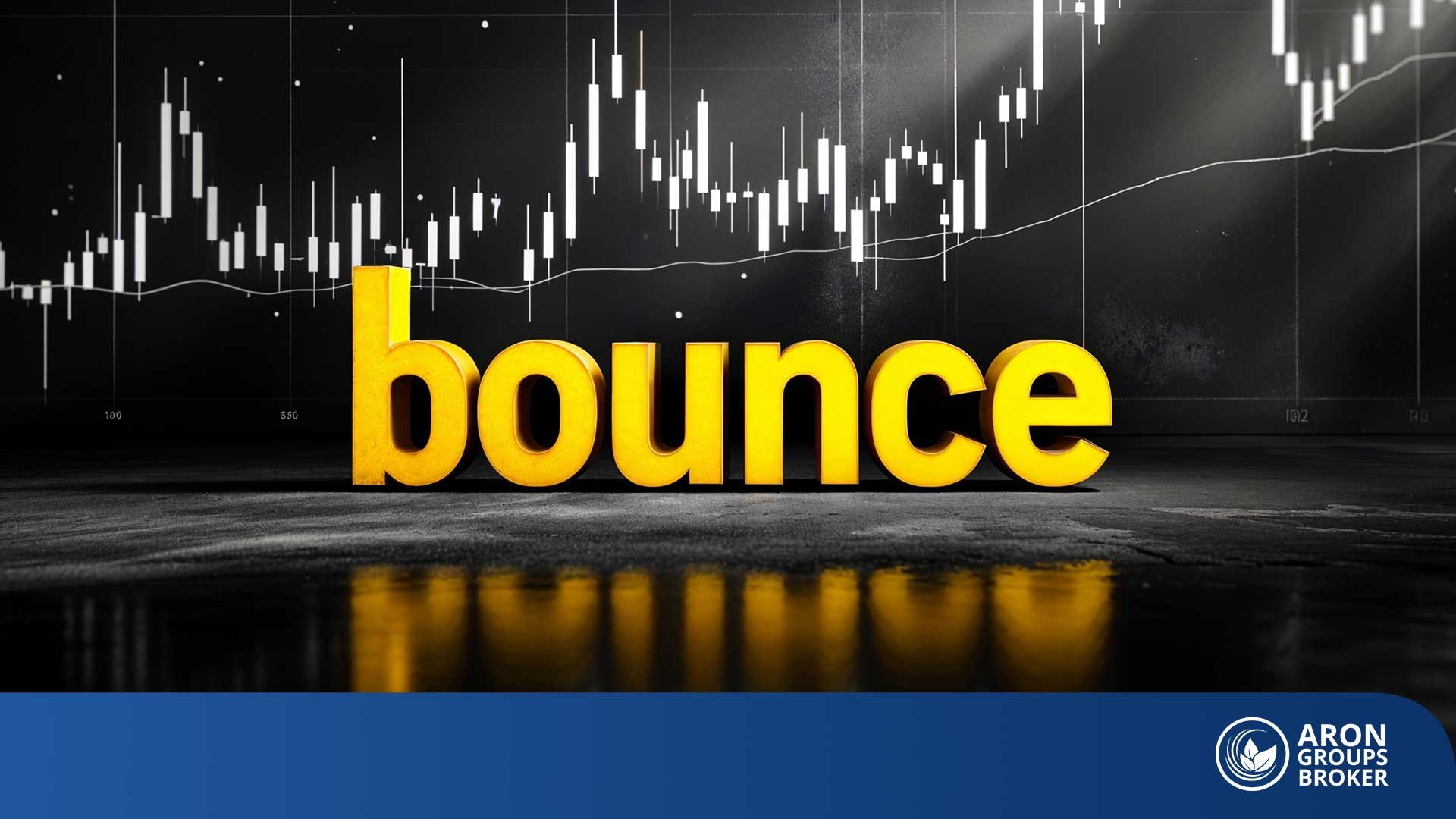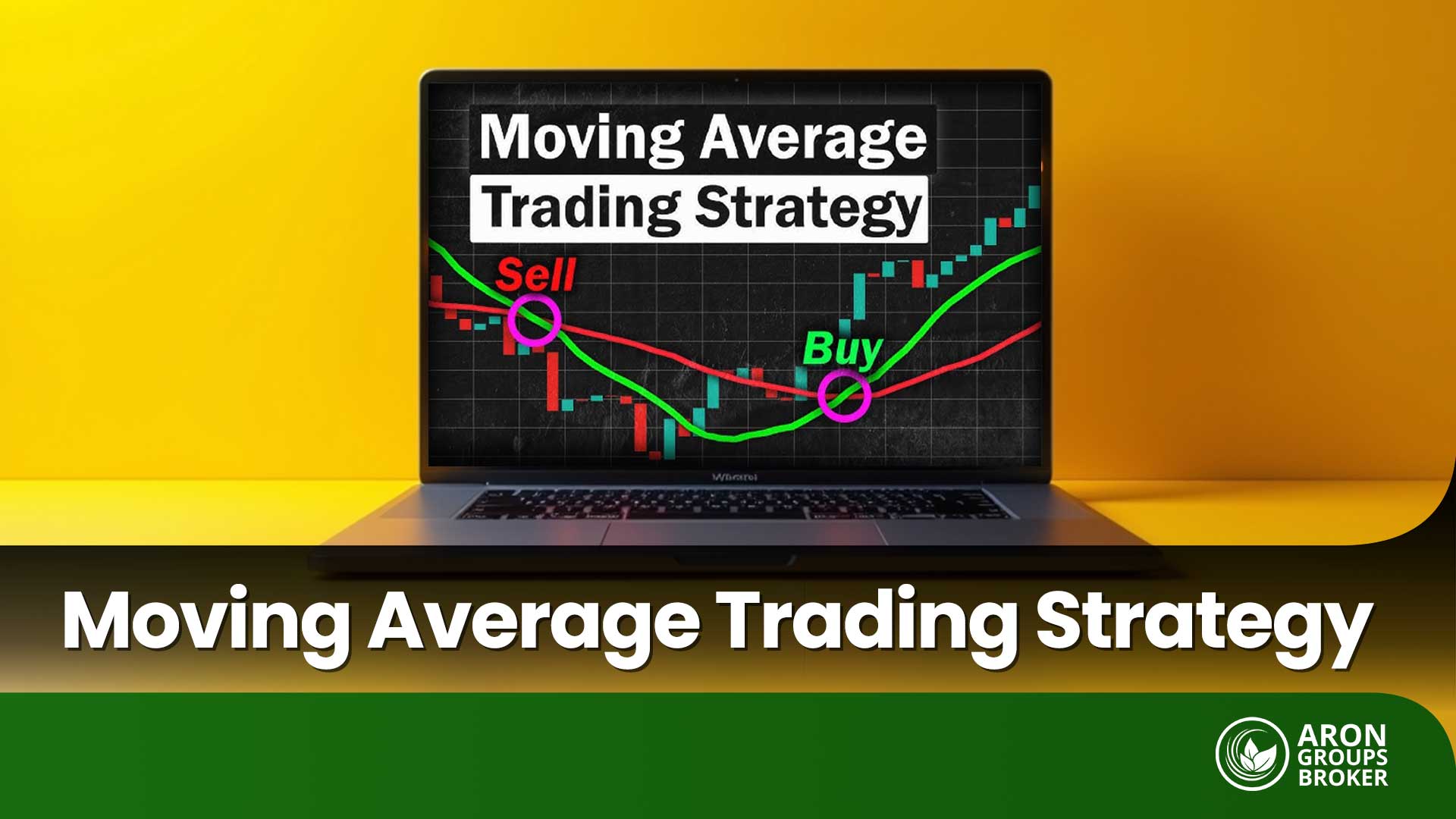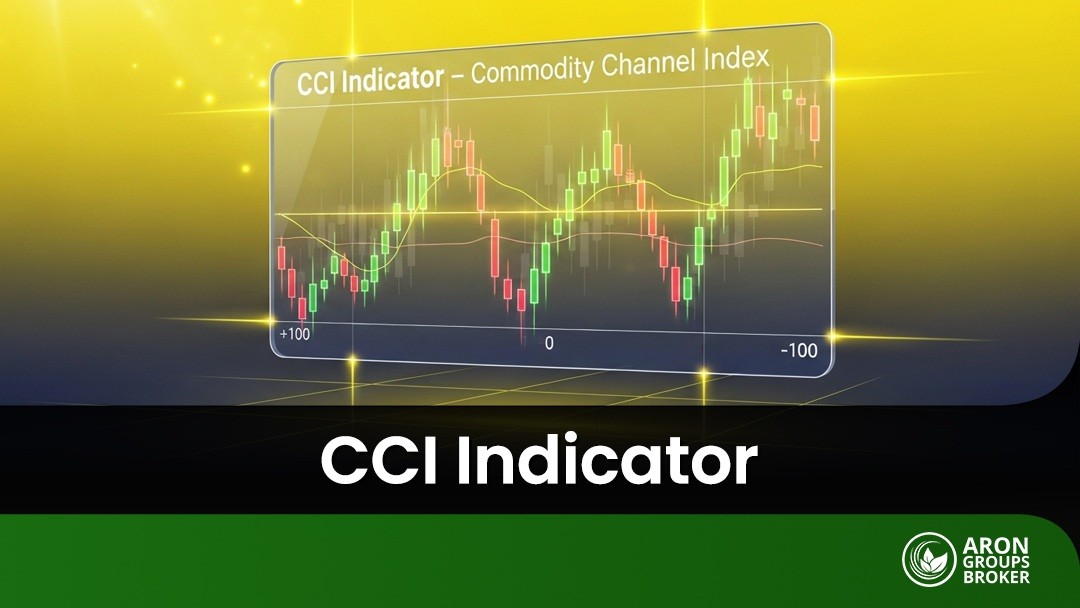In trading, a “bounce” refers to a price movement that occurs when an asset’s price hits a level of support (a price level where a lot of buyers are expected to enter) and then moves upward, or when it hits a level of resistance (a price level where a lot of sellers are expected to enter) and then moves downward.
A bounce can indicate a temporary reversal in the direction of the price trend and is often used by traders to make decisions about entering or exiting trades. For example, if a stock’s price has been falling and it bounces off a support level, traders might see this as a signal to buy, anticipating that the price will continue to rise. Conversely, if a stock’s price has been rising and it bounces off a resistance level, traders might see this as a signal to sell, anticipating that the price will continue to fall.

Key Factors to Confirm a Bounce
- 1. Price Action: Look for bullish reversal candlestick patterns such as a hammer, bullish engulfing pattern, or a doji near the support level.
- 2. Volume: Increased trading volume near the support level can indicate strong buying interest and support the likelihood of a bounce.
- 3. Momentum Indicators: Tools like the Relative Strength Index (RSI) or Moving Average Convergence Divergence (MACD) can signal that the asset is oversold and due for a bounce.
- Confirmation: Waiting for a few consecutive upward movements or a closing price above the support level can confirm the bounce.
What is buying a bounce strategy?
Buying a bounce strategy involves purchasing an asset after its price has declined and then hit a support level, where it’s expected to rebound or “bounce” back up. This strategy is based on the belief that the support level will hold and the asset’s price will rise, providing a profitable opportunity for the trader.
How the Buying a Bounce Strategy Works?
Buying a bounce strategy has some stages as below:
- 1. Identify Support Level: The trader first identifies a strong support level where the price has historically had difficulty falling below.
- 2. Wait for Price to Decline: The trader waits for the asset’s price to decline to or near the identified support level.
- 3. Confirm the Bounce: The trader looks for signs that the price is starting to bounce back up, such as increased buying volume or positive price action like a reversal candlestick pattern.
- 4. Enter the Trade: Once the bounce is confirmed, the trader buys the asset, anticipating further upward movement.
- Set Stop-Loss and Take-Profit Levels: To manage risk, the trader sets a stop-loss order below the support level to minimize potential losses if the bounce fails. A take-profit level is also set to lock in gains when the price reaches a desired target.
Example of Buying a Bounce Strategy
Let’s say a trader is watching the stock of XYZ Corporation, which has a historical support level at $50.
The trader notices that the stock has bounced off the $50 level several times in the past. It is identifying support level stage.
Then, the stock price falls from $60 to $51.
This price decline Confirm the Bounce. The trader observes that at $51, the trading volume starts to increase, and a bullish candlestick pattern (e.g., a hammer) forms, indicating potential reversal.
Now it’s time to enter the trade. The trader buys 100 shares of XYZ Corporation at $51, expecting the price to bounce back up. The trader should set Stop-Loss and Take-Profit.
He/she sets Stop-Loss at $48 (below the support level) to limit losses and Take-Profit at $58 (previous resistance level) to secure profits.
If the stock price rebounds as anticipated, reaching $58, the trader sells the shares and realizes a profit. If the stock price falls below $48, the stop-loss is triggered, and the trader exits the position with a controlled loss.
By following the buying a bounce strategy, the trader aims to capitalize on the expected upward movement after the price hits a support level, while managing risk with a stop-loss order.































